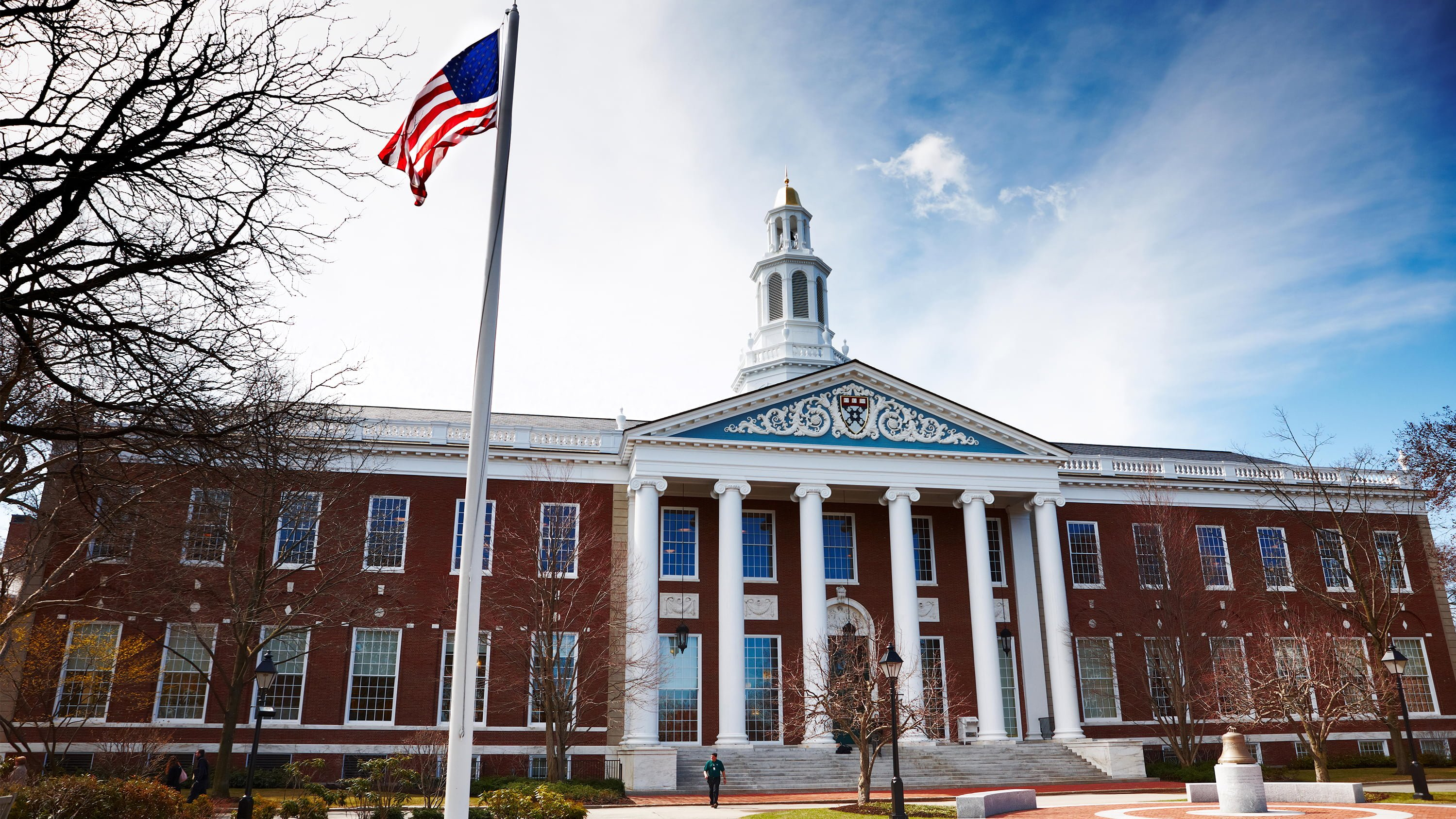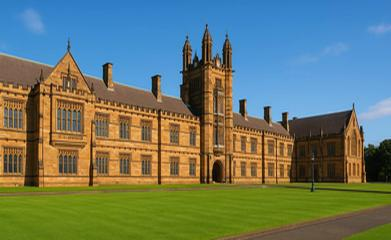

Tier 1 Universities in USA
Contents:
- What Does “Tier 1 Universities in USA” Mean?
- How Many Tier 1 Universities in USA Are There?
- List of Tier 1 Universities in USA
- Tier 1 Universities in USA for MS Programs
- Why Choose Tier 1 Universities?
- How to Apply to Tier 1 Universities in USA for MS
- Key Highlights
- Conclusion & Final Advice for Applicants
What Does “Tier 1 Universities in USA” Mean?
The phrase “Tier 1 universities in USA” generally refers to the elite group of R1 research universities — institutions with very high research activity, substantial funding (over $50 million annually), and awarding at least 70 research doctorates per year. These universities stand out globally for their top-tier reputation, innovation, and academic rigor.
Additionally, many rankings define Tier 1 by extremely selective admissions (< 10% acceptance rate), world-class faculty, cutting-edge facilities, and expansive graduate programs.
How Many Tier 1 Universities in USA Are There?
The number varies depending on the definition:
- According to the Carnegie Classification, roughly 130+ institutions are classified as R1: Doctoral Universities – Very High Research Activity.
- However, the most exclusive subset — universities routinely considered “Tier 1” in conversations or by certain prep services — is closer to 20–30 elite institutions featuring in top global rankings and highly selective admissions.
List of Tier 1 Universities in USA
1. Elite private research universities
Commonly included in the top Tier 1 universities in USA list:
- Massachusetts Institute of Technology (MIT)
- Stanford University
- Harvard University
- Princeton University
- Yale University
- California Institute of Technology (Caltech)
- University of Chicago
- Johns Hopkins University
- Northwestern University
- Duke University
- Vanderbilt University
- Rice University
These names consistently appear among the global top 10–15 in QS, THE, U.S. News, and Forbes rankings.
2. Public universities often in Tier 1
Selected public universities that also meet Tier 1 standards include:
- University of California, Berkeley (top public school nationally)
- University of California, Los Angeles (UCLA)
- University of Michigan (Ann Arbor)
- University of Washington (Seattle)
- University of Virginia
- University of Texas at Austin
- University of Wisconsin–Madison
- University of Illinois Urbana-Champaign
These are often featured under the “Public Ivies” umbrella and also meet R1 classification criteria.
Tier 1 Universities in USA for MS Programs
If you're planning to pursue a Master’s degree (MS) in the U.S., Tier 1 universities offer some of the world’s best graduate programs—especially in STEM fields like computer science, engineering, and data science. Below are two groups of institutions that consistently stand out, though in different ways:
Top STEM-focused universities (best for CS, engineering, and applied sciences)
These universities are globally recognized for their excellence in technical fields, strong research output, and close ties to industry:
- Massachusetts Institute of Technology (MIT)
- Stanford University
- Carnegie Mellon University (CMU)
- University of California, Berkeley (UC Berkeley)
These schools frequently rank in the top 5 worldwide for MS programs in computer science, electrical engineering, AI, and related fields. They also offer unparalleled research opportunities and career pathways in tech and engineering.
Other highly respected universities with strong MS programs
While their focus may extend beyond STEM, these universities offer exceptional graduate education across various disciplines, including technology, policy, public health, and sciences:
- Harvard University
- California Institute of Technology (Caltech)
- University of Washington (Seattle)
- University of Michigan (Ann Arbor)
These schools maintain Tier 1 research status and provide robust MS programs, though in some cases they are better known for strengths in areas like public policy, theoretical science, or interdisciplinary studies.
So… Why Choose Tier 1 Universities?
1. Academic Excellence and Research Impact: These universities consistently rank among the top globally and are citation leaders in research productivity and innovation across disciplines.
2. Selective and Prestigious Admission: Acceptance rates typically sit below 10%, making them highly competitive. A strong academic record, compelling SOP, and outstanding letters of recommendation are essential.
3. Resource-Rich Learning Environment: Students benefit from world-class labs, libraries, graduate centers, and networks with industry leaders through internships and research collaborations.
4. Career Advantage & Alumni Networks: Graduates often earn significantly higher salaries, land roles at top-tier companies, and enjoy robust alumni support and recruiting pipelines.
How to Apply to Tier 1 Universities in USA for MS
To pursue a Master's degree, you'll typically need:
- bachelor’s degree with strong GPA (often from a quantitative or technical field)
- standardized test scores (GRE or GMAT), and TOEFL/IELTS for non-native English speakers
- statement of purpose that shows research interest, academic fit, and career goals
- letters of recommendation from academics or industry mentors
- CV or resume outlining projects, internships, publications, or relevant experiences
Pro tip: Apply well ahead of application deadlines, reach out to faculty whose interests align with yours, and demonstrate a clear match with the program’s strengths.
Public Universities vs. Private Tier 1 Universities
— Public Tier 1 Universities like UC Berkeley, UCLA, University of Michigan, and University of Washington offer high-quality education often at lower tuition, especially for in-state students. They deliver strong research and graduate programs comparable to private peers.
— Private Tier 1 Universities (e.g. MIT, Stanford, Harvard) often offer smaller cohorts, lower acceptance rates, personalized support, and larger endowments, enabling generous financial aid or fellowship packages.
Whether you prefer a public or private institution depends on your budget, intended field, climate, and student population size.
Key Highlights
— What is a Tier 1 university? An elite U.S. research university with top global rankings, high research funding (> $50 million), and academic excellence (R1 classification).
— How many Tier 1 universities in USA? About 130+ R1 universities, but the common “tier 1 elite” list typically includes 20–30 top private and public universities.
— Tier 1 universities in USA for MS? MIT, Stanford, Carnegie Mellon, UC Berkeley, and others offering world-class graduate STEM programs.
— Are public universities considered Tier 1? Yes — many flagship public research universities are in Tier 1 (R1) and offer education parity and value with private elites.
Conclusion & Final Advice for Applicants
Choosing a Tier 1 university means committing to a highly competitive application process — but the rewards are substantial: access to unrivaled research, faculty mentorship, global prestige, and a powerful alumni network. Whether aiming for a Tier 1 private or public school, plan well in advance, prepare strong application materials, and clearly communicate your goals.
If you’re exploring “Tier 1 universities in USA for MS”, build a balanced list: reach schools like MIT or Stanford, match schools like Carnegie Mellon or UC Berkeley, and safety options among other R1 publics where chances are stronger.
All About Education Abroad and Beyond


QS World University Rankings 2026: Top Global Universities


